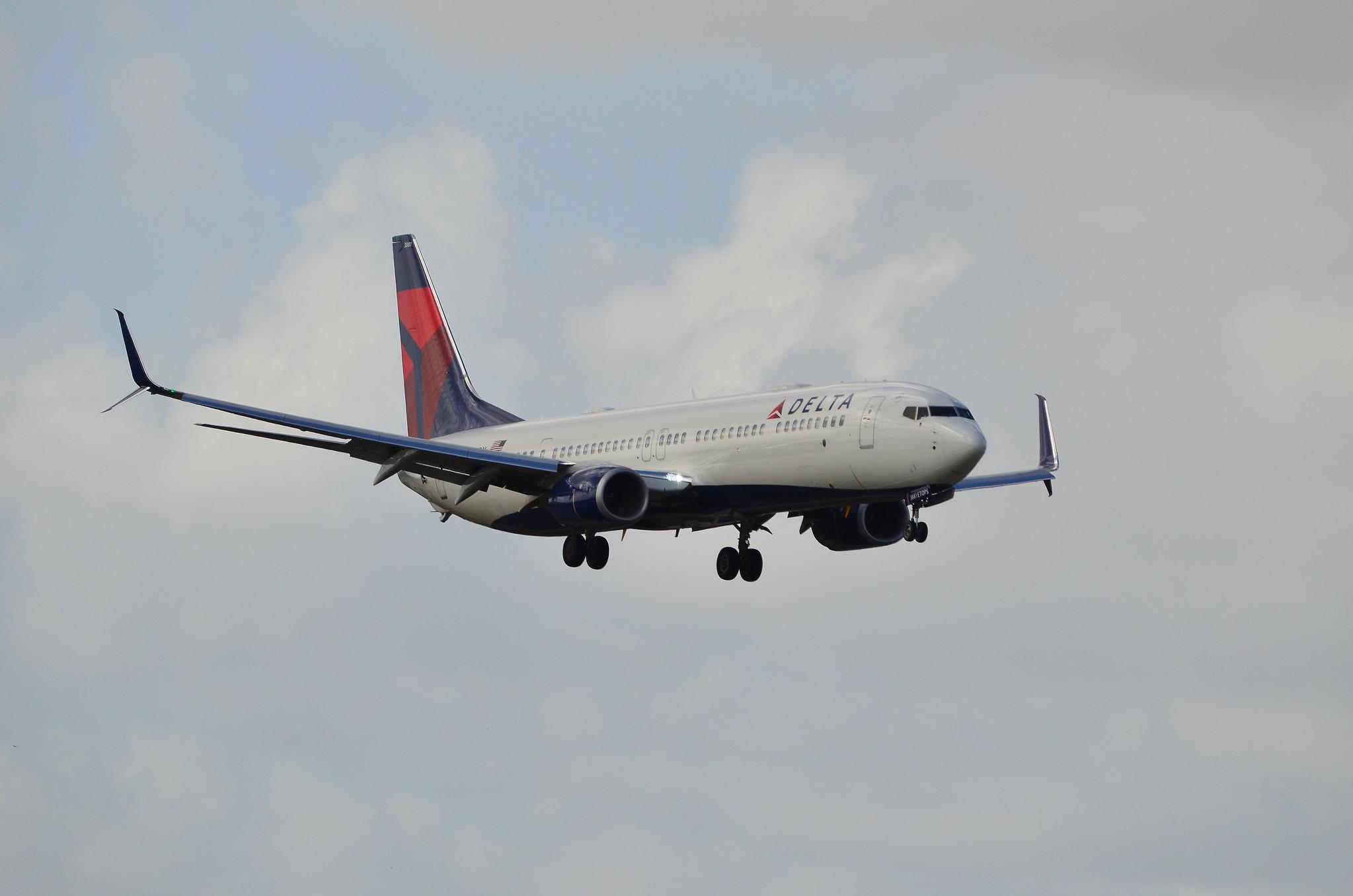
Credit: Nigel Howarth/AWST
Interference with key aircraft systems that rely on radio altimeter data and a lack of approvals at high-traffic airports may force airlines to avoid operations in many 5G C-band wireless service areas debuting Jan. 19, despite FAA sign-offs that cover equipment in a majority of mainline fleets. The...
Subscription Required
This content requires a subscription to one of the Aviation Week Intelligence Network (AWIN) bundles.
Schedule a demo today to find out how you can access this content and similar content related to your area of the global aviation industry.
Already an AWIN subscriber? Login
Did you know? Aviation Week has won top honors multiple times in the Jesse H. Neal National Business Journalism Awards, the business-to-business media equivalent of the Pulitzer Prizes.

